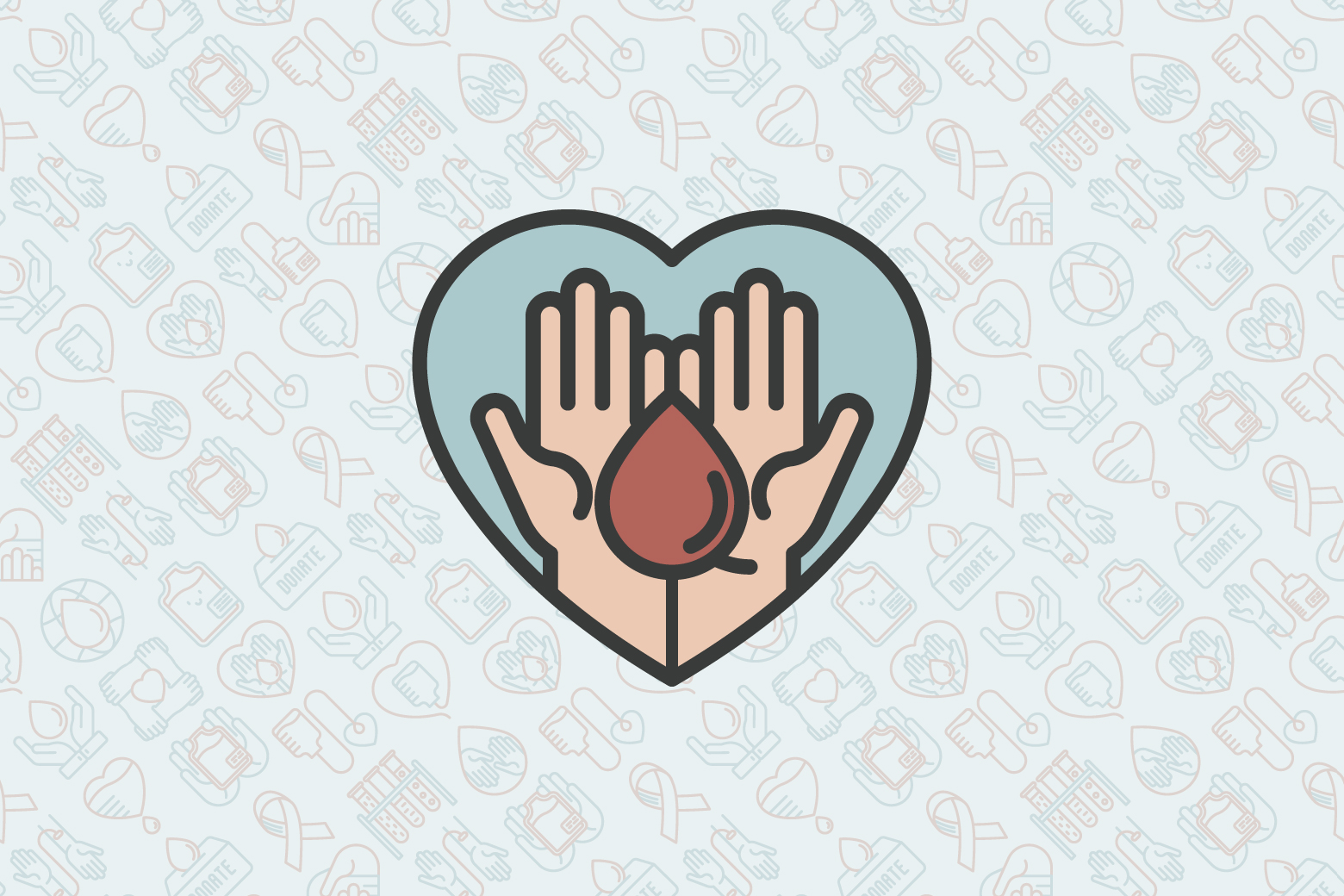It should come as no surprise that the spaces we occupy every day have a huge impact on our overall wellness. The Environmental Protection Agency and Vancouver Coastal Health report that Americans and Canadians spend about 90% of their time indoors. But what about the time we spend outdoors?
Your Welcoa membership has expired.
Blood Donations Saved My Life
In the United States, someone needs blood every two seconds.
I had heard similar statistics many times, but they never really sank in. At least until I found myself as part of that statistic.
In 2012 I had a scheduled c-section delivery of my fourth child. We had experienced complications and the procedure was considered high-risk. Steps were taken during the operation to allow for the opportunity to re-use my own blood if needed. All went well, the operation was successful, my child was born healthy, and I was sewn back up.
A few hours later however, I was still in the recovery room due to issues with my blood pressure running low. Low blood pressure is not something that is out of the ordinary for me, but it was still lower than the practitioners were comfortable with. I had already been in recovery for an extended period of time, and my pressure began to drop even further. I began to show physical symptoms indicating a problem, including nausea, dizziness, and tingling in my lips.
My baby was sent away and all of the attention was on me. For more than two hours, I had a room full of nurses and doctors not only trying to determine why my blood pressure was dropping the way it was, but also why their efforts to increase it were not working. My blood pressure reached as low as 50s over 40s. All signs pointed to an internal bleed, but the numerous ultrasounds they were doing failed to come up with any signs of bleeding.
Finally, they found a pooling of blood in my right side near my back. I would have to go back to the operating room for emergency surgery.
Just before they took me to the operating room, my doctor sat by my bedside and held my hand. I asked her if I was going to be ok and, looking at her expression and the uncertainty in her eyes, I knew things were very serious. I told her she had to make sure I made it through this as I could not leave my husband to care for our four children on his own. She assured me she would do everything possible and she prayed aloud right there over me. Then it was off to the operating room.
After spending almost two hours in surgery, the nurses informed my family that I was out and recovering. They found the bleed and fixed it – an internal stitch had worked loose just enough that it created a slow bleed. I was taken to the Intensive Care Unit where I spent 24 hours recovering and stabilizing. I received five units of blood and two units of platelets during the entire ordeal. Words can’t express my gratitude to the many donors out there that helped save my life.
The process of blood donation seems so simple. A person gives blood and another receives it. But in reality, there are so many factors that go into the process which makes it necessary for a large number of donors to match the need. For example, we all must receive a blood type that is compatible with our own, so that our immune system doesn’t fight back or reject the transfusion. With 8 common blood types, this limits the number of donors that a specific person may be compatible with. More donors are needed to meet demand.
January is National Blood Donor month, when the American Red Cross urges people to be a part of this life-saving process. Everyone can learn more here.
You can also help by sponsoring a blood drive within your organization using this information.
Another great resource you can use is WELCOA’s Take Charge January Health Bulletin.
Every person helps make a difference in somebody else’s life, and blood donation is an incredibly powerful way to do that.

Lori Thomas // Member Education Manager • WELCOA
Lori brings a unique level of expertise and perspective with a diverse background in wellness, workplace culture, and employee experience. She is a compassionate and driven woman who has a passion for helping others and radiates positivity. As WELCOA’s Member Education Manager, she provides creative insight to enhancing the member experience.




